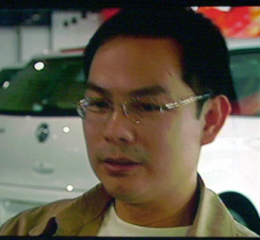|
|||||||||||||||||||||||||||||||||||||||||||||||||||||||||||||||||||||||||||||||||||||||||||||||||||||||||||||||||
|
Events convened on Monday, 01 December 2003
|
|
|||||||||||||||||||||||||||||||||||
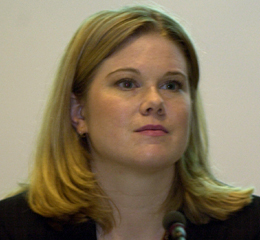 |
Collaborative Partnership on Forests: an interagency partnership for sustainable forest management Presented by the Secretariat of the United Nations Forum on Forests (UNFF) Mia Soderlund, UNFF, explained that the Collaborative Partnership on Forests (CPF) is: comprised of 14 international organizations and institutions; a focal agency system that fosters shared agency responsibilities; an informal but high-level partnership; and a forum for information exchange. |
||||||||
|
Mia Soderlund, UNFF, outlined the CPF Sourcebook on Funding Sustainable Forest Management (SFM).
|
|||||||||
 |
|||||||||
|
Dieter Schoene, FAO, says that organizations, such as those in the CPF, could examine proposed forest-related definitions to identify where they should be harmonized.
|
|||||||||
|
|||||||||
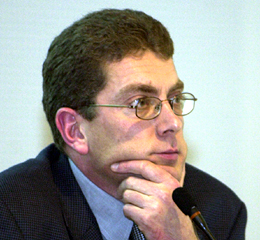 |
The interaction between the EU emissions trading scheme and Member State climate policy Presented by the Energy Research Centre of the Netherlands Steve Sorrell, Sussex University, discussed interactions between the EU Emissions Trading Scheme (ETS) and UK climate policies. Noting the importance of the ETS and the emissions cap to reducing emissions in the EU, he suggested that complementary instruments could be used to improve efficiency by overcoming market failures, |
||||||
|
Steve Sorrell, Sussex University, emphasizes the importance of interactions between EU and Member States' climate policy mechanisms.
|
|||||||
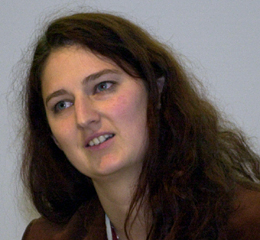 |
|||||||
|
Regina Annette Betz, Fraunhofer Institute, said that long-term targets for reducing emissions in Germany could be more ambitious.
|
|||||||
|
|||||||
 |
Commitments for beyond 2012 Presented by the Research Centre for Sustainable Development, China's Academy of Social Science (CASS) Jiahua Pan, CASS, called for a future commitment to a framework for developing countries that would allow reduction of greenhouse gas emissions, promote human development and satisfy basic human needs. |
||||||
|
Ying Chen, says she elieves that further development can be achived by reducing greenhouse gas emissions.
|
|||||||
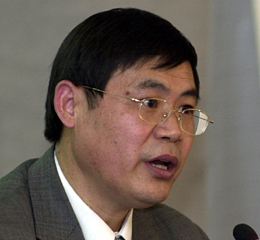 |
|||||||
|
Jiahua Pan, CASS, suggests obligatory and voluntary commitments, which would take a country's population, technological innovation, and economic growth into account.
|
|||||||
|
|||||||
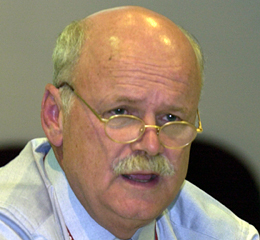 |
Development and transfer of technologies Presented by the UNFCCC Iulian Vladu, UNFCCC, outlined the methodology and the questionnaire for the survey on the effectiveness of the use of the UNFCCC technology information clearing house (TT:CLEAR). He noted the need to enhance developing countries' access to information on environmentally sound technologies. |
||||||
|
Richard Bradley, Expert Group on Technology Transfer, discusses each proposed action for the EGTT programme of work such as implementing different capacity-building activities.
|
|||||||
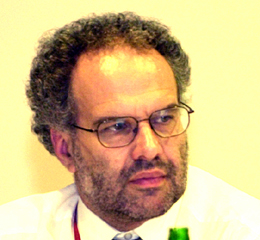 |
|||||||
|
Nick Campbell, International Chamber of Commerce, emphasizes that an enabling environment involves a stable economic system, transparency, intellectual property rights, long-term commitments and a fair distribution of benefits.
|
|||||||
|
|||||||
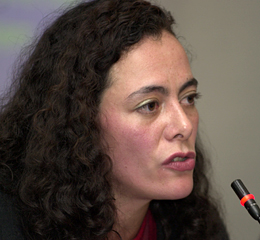 |
The role of ESCOs in reducing greenhouse gas emissions Presented by the Republic of Korea Susan Wickwire, US Environmental Protection Agency, provided an overview of the Climate Technology Program (CTP), which establishes partnerships to propel full-scale implementation of technologies in developing countries. Wickwire said that a key technology area identified by the Republic of Korea and Mexico for implementation under CTP is energy management, with a focus on the development of energy service companies. |
||||||
|
Mónica Pérez-Ortiz, NREL, says one of the main advantages of ESCOs is that they keep the client focused on their core business.
|
|||||||
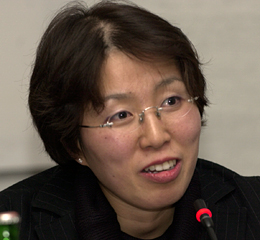 |
|||||||
|
Gyung-Ae Ha, KEMCO, notes that the current barriers to financing include: the average duration of ESCO projects; the uncertain benefits of ESCOs; and the size of the projects.
|
|||||||
|
|||||||
|
|||||||||||||||||||||||





